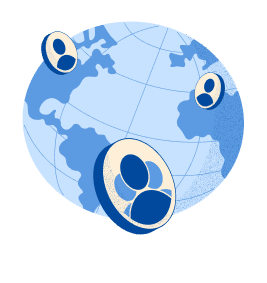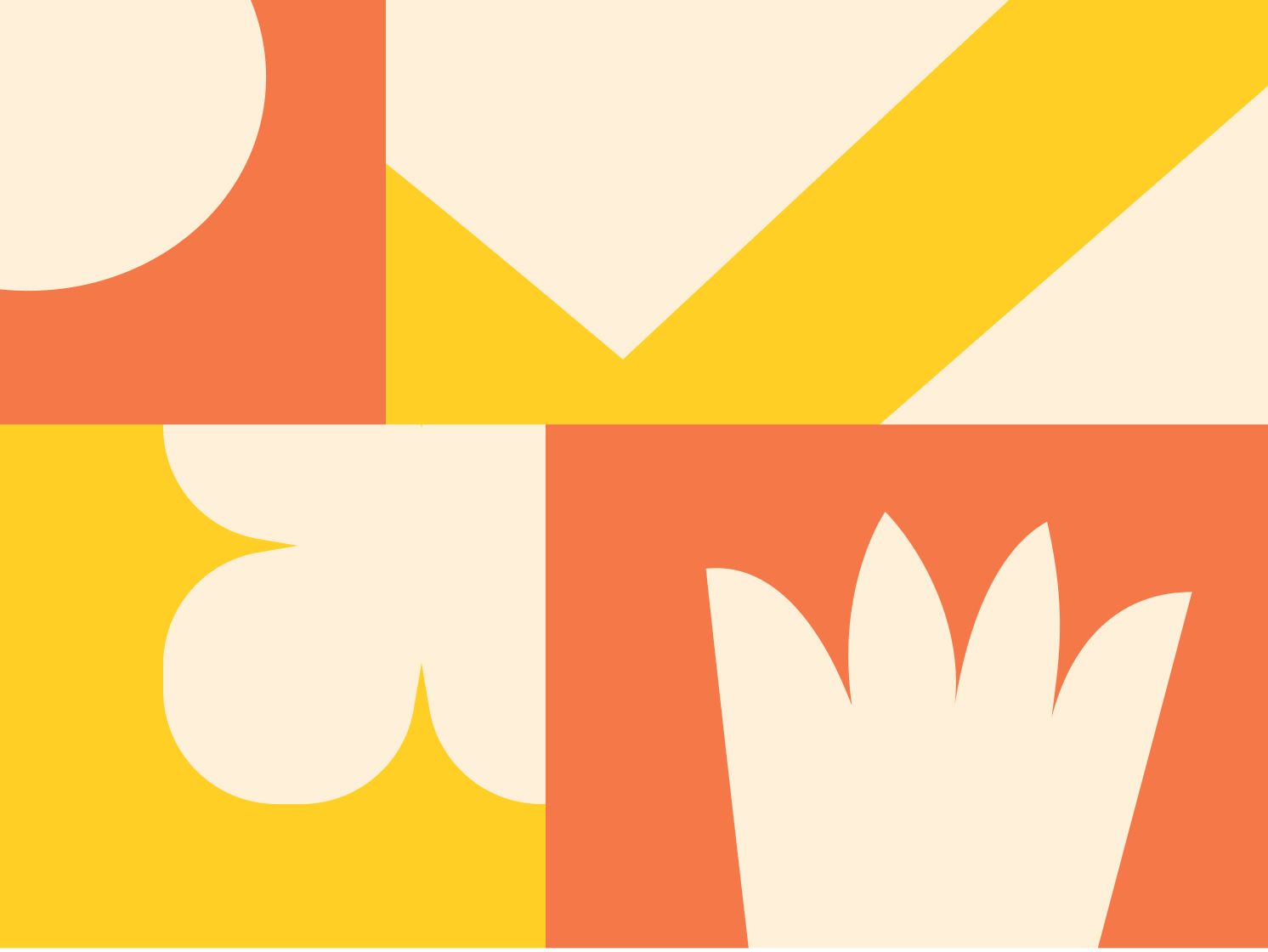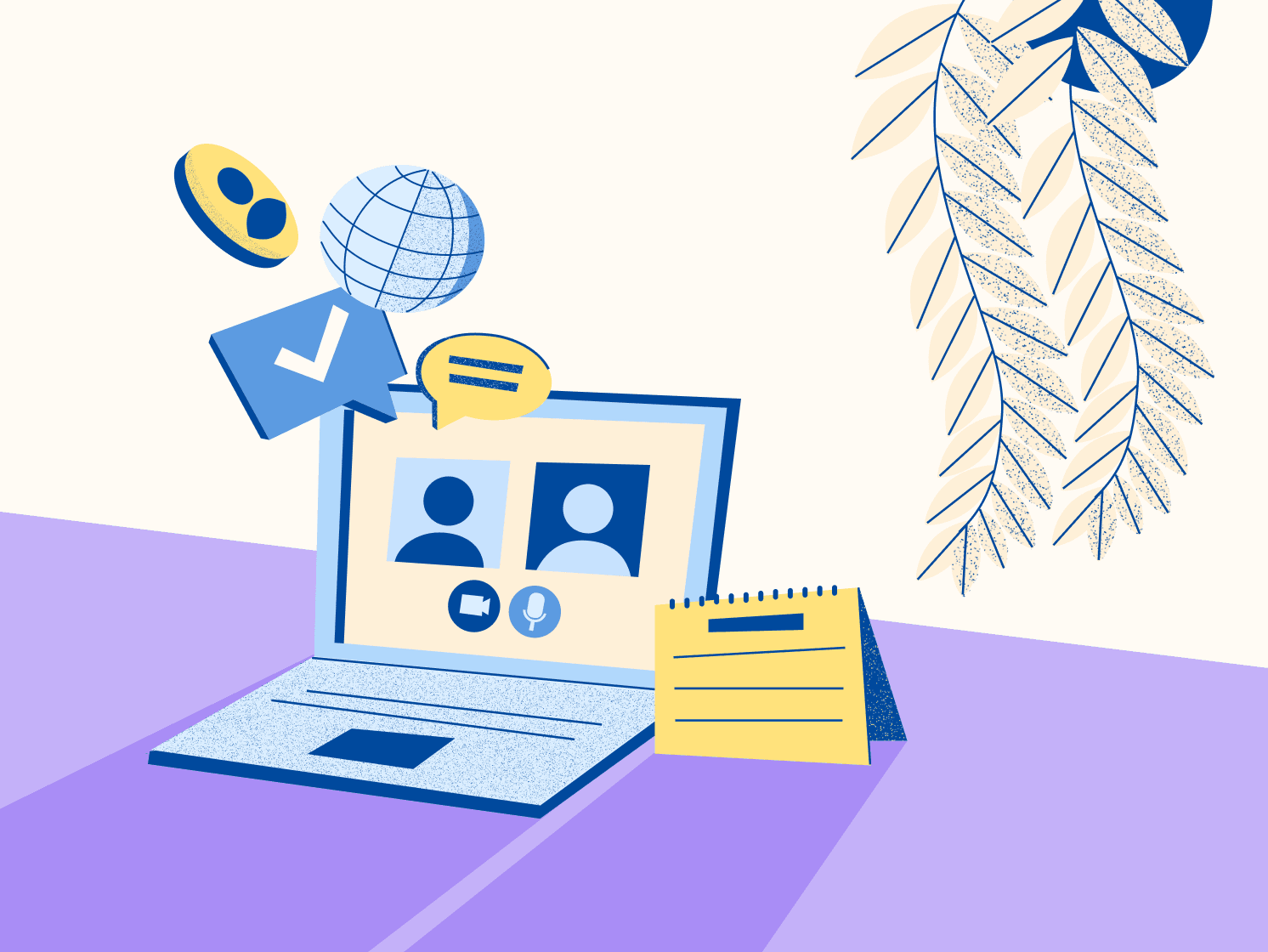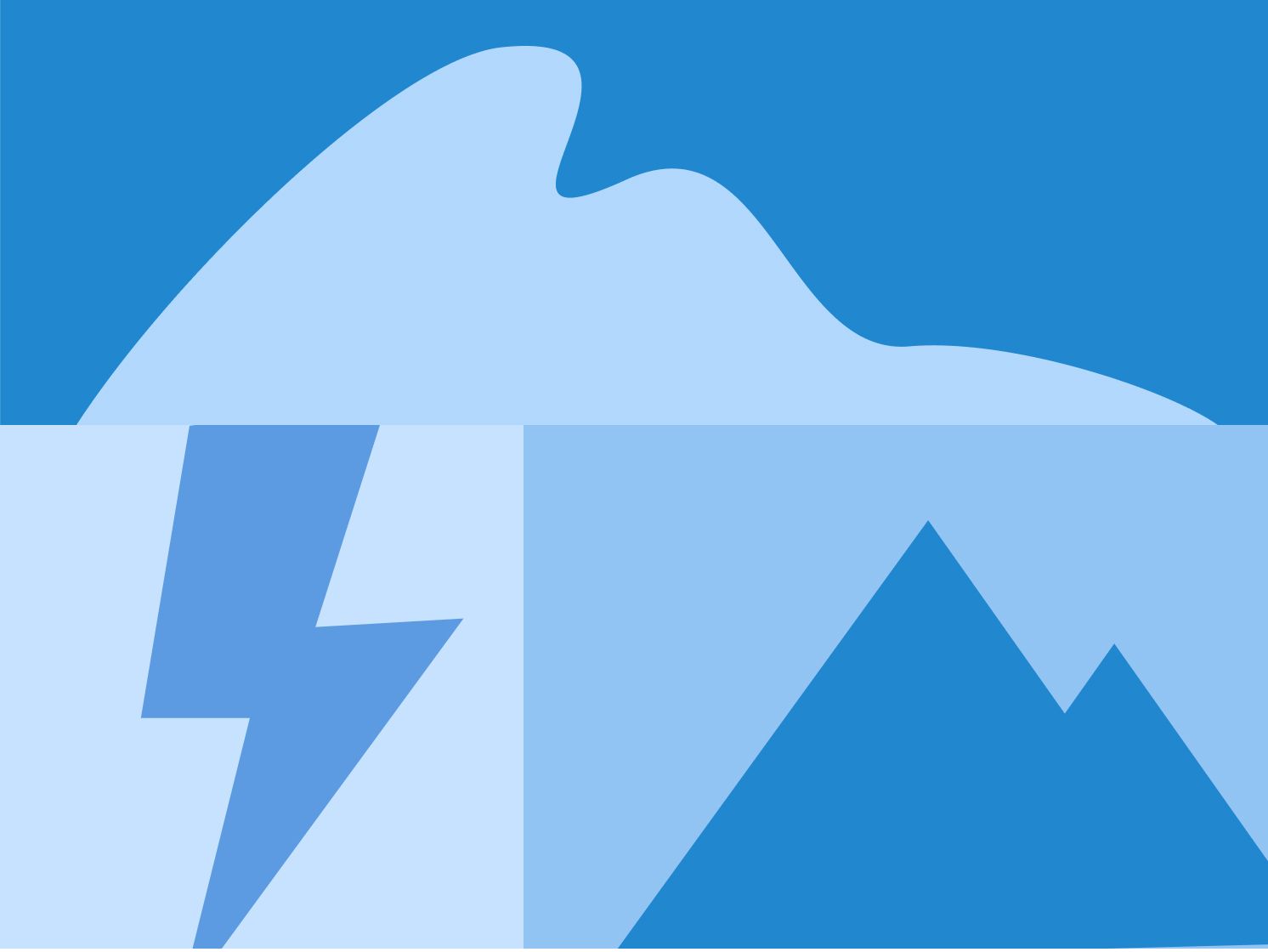Article
15 min read
15 Key Interview Questions for Product Designer Roles
Global hiring

Author
Lorelei Trisca
Last Update
April 17, 2025

Table of Contents
1. How do you approach the product design process from ideation to production?
2. Can you provide an example of a product design problem you encountered and how you solved it?
3. How do you prioritize features and functionality when designing a product?
4. How do you incorporate user feedback into the design process?
5. How do you stay updated with the latest trends and advancements in product design?
6. How do you collaborate with cross-functional teams (e.g., engineers, marketers) during the product design process?
7. How do you approach design challenges that involve limited resources or tight deadlines?
8. Can you describe a time when you faced resistance to your design decisions and how you handled it?
9. How do you ensure the usability and accessibility of your designs for a diverse range of users?
10. Can you walk us through your design portfolio and discuss the design decisions you made for a particular project?
11. How do you incorporate sustainability and environmentally friendly practices into your product designs?
12. Can you share an example of a time when your product designing solutions had a significant impact on user experience or business goals?
13. How do you approach continuous improvement and learning in your design practice?
14. How do you balance creativity with practicality when designing a product?
15. How do you approach feedback and critiques from others in your design process?
Next steps
Product design is a dynamic and creative profession that involves creating and developing innovative products that meet consumer needs and solve real-world problems.
Product designers work across various industries and are responsible for the entire product development lifecycle, from ideation and conceptualization to prototyping and production.
Key facts and data
- Median salary: The median salary for a product designer is around $80,7300 per year.
- Industry growth: The demand for product designers is projected to grow by 16% from 2022 to 2032, which is faster than average.
- Typical entry-level education: Most product design positions require a bachelor's degree in industrial design, product design, or a related field. A strong portfolio is also relevant.
- Employment change: Between 2022 and 2032, the employment change for product designers is expected to be positive.
- Growth trends: As technology continues to advance, product designers will need to stay up-to-date with emerging trends such as user experience (UX) design, interaction design, and design thinking methodologies.
If you’re looking for a product designer to join your team, you need a strong set of product design questions to ask candidates and make sure you hire the best person for the job.
Prepare for your next product designer interview with these 15 common questions that assess the candidate’s skills and knowledge in product design, problem-solving, and design thinking.
1. How do you approach the product design process from ideation to production?
Aim: Assessing the candidate's understanding of the entire product design lifecycle.
Key skills assessed: Design thinking, project management, creativity.
What to look for
Design thinking questions will help you identify candidates who can demonstrate a structured approach to product design, including research, ideation, prototyping, and testing.
Example answer
"I believe in a user-centered design approach. I start by conducting thorough user research to understand their needs and pain points. Then, I use design thinking techniques to ideate and prototype different solutions. Finally, I involve users in the testing process to ensure the product meets their expectations."
2. Can you provide an example of a product design problem you encountered and how you solved it?
Aim: Assessing the candidate's problem-solving skills and ability to think creatively.
Key skills assessed: Problem-solving, critical thinking, adaptability.
What to look for
Look for candidates who can provide specific examples and articulate their problem-solving process, including identifying the problem, brainstorming solutions, and implementing them effectively.
Example answer
"In a previous role, I was tasked with designing a user-friendly interface for a complex software application. I began by conducting usability testing to identify pain points and areas for improvement. Then, I collaborated with the development team to implement a simplified and intuitive interface. The end result was a significant increase in user satisfaction and engagement."
3. How do you prioritize features and functionality when designing a product?
Aim: Assessing the candidate's ability to make strategic decisions and prioritize effectively.
Key skills assessed: Strategic thinking, analytical skills, decision-making.
What to look for
Look for candidates who can explain their approach to prioritization, considering factors such as user needs, business goals, and technical constraints.
Example answer
"When prioritizing features and functionality, I believe in a data-driven approach. I analyze user feedback, conduct market research, and evaluate the impact on the overall user experience. By considering these factors, I can make informed decisions that align with both user needs and business objectives."
4. How do you incorporate user feedback into the design process?
Aim: Assessing the candidate's ability to gather and incorporate user feedback effectively.
Key skills assessed: User research, empathy, communication.
What to look for
Look for candidates who can demonstrate their experience in conducting user research, gathering feedback, and using it to inform design decisions.
Example answer
"I consider user feedback to be a critical component of the design process. I regularly conduct user interviews, usability tests, and surveys to gather feedback. This input helps me understand user preferences, pain points, and expectations, which I incorporate into the design to create a more user-centered product."
5. How do you stay updated with the latest trends and advancements in product design?
Aim: Assessing the candidate's commitment to professional growth and staying current in the field.
Key skills assessed: Continuous learning, adaptability, industry knowledge.
What to look for
Look for candidates who demonstrate a proactive approach to learning, such as attending industry conferences, participating in online courses, or engaging with design communities.
Example answer
"I am a firm believer in lifelong learning. I regularly attend design conferences, read industry publications, and participate in online courses to stay updated with the latest trends and advancements in product design. I also actively engage with design communities to exchange ideas and best practices."
Industry summit
6. How do you collaborate with cross-functional teams (e.g., engineers, marketers) during the product design process?
Aim: Assessing the candidate's ability to work effectively in a multidisciplinary team.
Key skills assessed: Collaboration, communication, adaptability.
What to look for
Look for candidates who can demonstrate experience in collaborating with cross-functional teams, showcasing effective communication skills and the ability to align different perspectives towards a common goal.
Example answer
"Collaboration is a key aspect of successful product design. I believe in fostering open communication and building strong relationships with cross-functional teams. By involving engineers and marketers early in the design process, I can ensure that their expertise and insights are incorporated into the final product."
7. How do you approach design challenges that involve limited resources or tight deadlines?
Aim: Assessing the candidate's ability to work under pressure and find creative solutions within constraints.
Key skills assessed: Adaptability, creativity, time management.
What to look for
Look for candidates who can demonstrate their ability to think creatively and efficiently when faced with constraints, showcasing examples of how they have successfully delivered high-quality designs under tight deadlines or limited resources.
Example answer
"I thrive under pressure and enjoy the challenge of finding creative solutions within constraints. In situations with limited resources or tight deadlines, I prioritize tasks, streamline processes, and focus on the most critical aspects of the design. By using effective time management techniques and collaborating closely with stakeholders, I have been able to deliver high-quality designs within challenging timelines."
8. Can you describe a time when you faced resistance to your design decisions and how you handled it?
Aim: Assessing the candidate's ability to handle feedback and navigate conflicts in a professional manner.
Key skills assessed: Conflict resolution, communication, resilience.
What to look for
Look for candidates who can demonstrate their ability to listen to feedback, remain open-minded, and effectively communicate their design decisions while still considering alternative perspectives.
Example answer
"In a previous project, I faced resistance to a design decision from stakeholders who had different preferences. I listened carefully to their feedback, acknowledged their concerns, and explained the rationale behind my design choices. Through open and respectful communication, I was able to address their concerns and gain their support. Ultimately, this experience taught me the importance of effective communication and compromise in achieving a successful design outcome."
Global Expansion
9. How do you ensure the usability and accessibility of your designs for a diverse range of users?
Aim: Assessing the candidate's understanding of inclusive design principles and their commitment to designing for all users.
Key skills assessed: User research, empathy, attention to detail.
What to look for
Look for candidates who demonstrate their understanding of inclusive design principles, such as conducting user research with diverse populations, considering accessibility guidelines, and incorporating feedback from users with different needs.
Example answer
"I believe in designing products that are inclusive and accessible to all users. I conduct user research with diverse populations, including individuals with disabilities or specific needs. I also adhere to accessibility guidelines and collaborate closely with accessibility experts to ensure that my designs are usable and inclusive for everyone."
10. Can you walk us through your design portfolio and discuss the design decisions you made for a particular project?
Aim: Assessing the candidate's ability to articulate their design process and showcase their design thinking skills through their portfolio.
Key skills assessed: Design thinking, storytelling, presentation skills, examples of good product design they’ve authored.
What to look for
Look for candidates who can explain their design decisions in a clear and concise manner, showcasing their problem-solving skills, creativity, and attention to detail.
Example answer
"In one of my design projects, I focused on creating a seamless and intuitive user experience for a mobile app. I started by conducting user research to understand their needs and pain points. Through iterative prototyping and usability testing, I refined the user flow and interface design. I paid attention to small details, such as micro-interactions and visual hierarchy, to enhance the overall user experience. I am proud of the final result, as it received positive feedback from users and achieved high user engagement metrics."
11. How do you incorporate sustainability and environmentally friendly practices into your product designs?
Aim: Assessing the candidate's understanding of sustainability and their commitment to designing environmentally-friendly products.
Key skills assessed: Sustainability, research skills, creativity.
What to look for
Look for candidates who can demonstrate their knowledge of sustainable design practices, such as using recyclable materials, minimizing waste, and considering the lifecycle impact of the product.
Example answer
"Sustainability is a core value in my design practice. I actively research and explore environmentally friendly materials and manufacturing processes. I also consider the product's lifecycle, aiming to minimize waste and encourage recycling or repurposing. By designing products with sustainability in mind, I believe we can contribute to a more environmentally-conscious future."
12. Can you share an example of a time when your product designing solutions had a significant impact on user experience or business goals?
Aim: Assessing the candidate's ability to deliver designs that drive positive outcomes.
Key skills assessed: Impactful design, UX design, analytical skills.
What to look for
Look for candidates who can provide specific examples of how their design positively impacted user experience or business goals, and how they measured and evaluated this impact.
Example answer
"In a recent project, I redesigned an e-commerce website to enhance the user experience and increase conversions. Through user research and A/B testing, I identified pain points and optimized the user flow, resulting in a 20% increase in conversions. This design not only improved the user experience but also directly contributed to the client's business goals."
13. How do you approach continuous improvement and learning in your design practice?
Aim: Assessing the candidate's commitment to personal and professional growth.
Key skills assessed: Continuous learning, adaptability, self-motivation.
What to look for
Look for candidates who demonstrate a growth mindset, such as actively seeking feedback, reflecting on their work, and seeking new learning opportunities.
Example answer
"I believe in continuous improvement and learning. I actively seek feedback from peers, stakeholders, and end-users to understand how I can enhance my designs. I also reflect on my work and identify areas for improvement. Additionally, I participate in design critique sessions and engage in design communities to learn from others and stay inspired."
14. How do you balance creativity with practicality when designing a product?
Aim: Assessing the candidate's ability to balance artistic vision with the practical constraints of product design.
Key skills assessed: Creative thinking, problem-solving, critical thinking.
What to look for
Look for candidates who can demonstrate their ability to find the right balance between creativity and practicality, considering factors such as budget, manufacturing constraints, and user needs.
Example answer
"Balancing creativity with practicality is a key aspect of product design. I believe in finding innovative solutions while considering the constraints of budget, manufacturing processes, and user needs. By conducting thorough research, collaborating with cross-functional teams, and iterating on designs, I can strike the right balance between artistic vision and practicality."
15. How do you approach feedback and critiques from others in your design process?
Aim: Assessing the candidate's ability to receive feedback constructively and use it to improve their designs. ** Key skills assessed**: Receptiveness to feedback, communication, resilience.
What to look for
Look for candidates who can demonstrate their ability to receive feedback graciously, ask clarifying questions, and incorporate constructive criticism into their designs.
Example answer
"I see feedback as an opportunity for growth. I am always open to receiving feedback from my peers, stakeholders, and end-users. I actively seek clarifications and ask for specific examples to understand how I can improve. I do not take feedback personally but rather welcome it as a chance to refine and enhance my designs."
Next steps
Use the 15 questions from our list to conduct successful interviews and find the best person to join your organization. These product design questions and answers will help you get a clear idea of what your ideal candidate should know to be able to contribute to company goals, lead initiatives, and take ownership of their work.
If you’re an applicant preparing for a product design interview, the sample answers will serve as a great foundation for building your own unique answers and showcasing your expertise in your next job interview.
Additional resources
- Graphic Designer Job Description Template: Promote your open graphic design role quickly and easily—just customize and post.
- Get Hired Hub: Where global employers and talent can connect and begin working together.

Lorelei Trisca is a content marketing manager passionate about everything AI and the future of work. She is always on the hunt for the latest HR trends, fresh statistics, and academic and real-life best practices. She aims to spread the word about creating better employee experiences and helping others grow in their careers.












